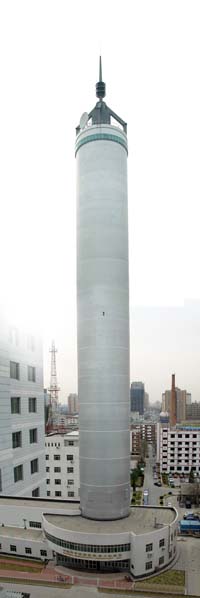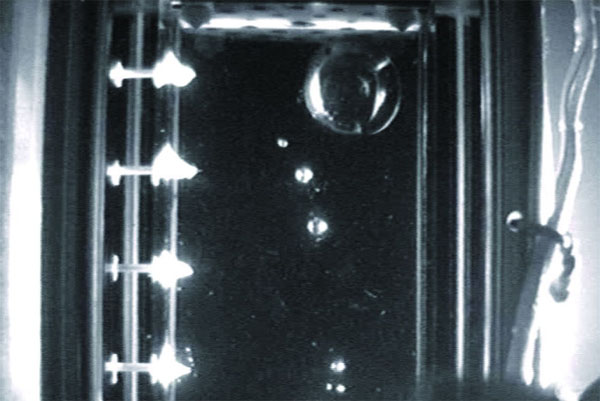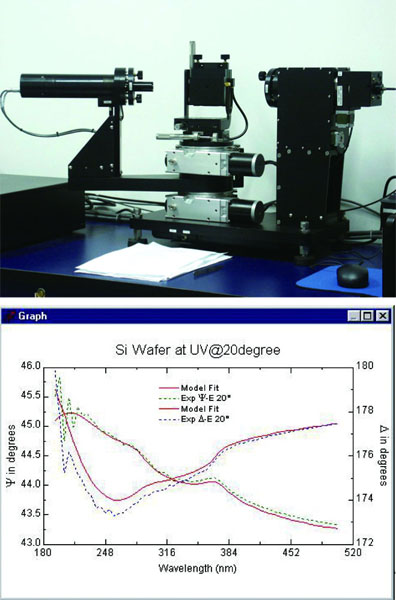- Home >> Research >> Research Divisions
Research Divisions
National Microgravity Laboratory
Introduction to Key Laboratory of Microgravity, Institute of Mechanics,
Chinese Academy of Sciences
Microgravity Science is a frontier interdisciplinary field emerging with the development of China manned space program, a hotspot in space sciences. The Key Laboratory of Microgravity of Chinese Academy of Sciences, founded as the National Laboratory of Microgravity in 1995 and renamed officially in 2008, has become the centers of microgravity science and of user supporting system in China. The first director of the Lab was Prof. Hu Wenrui and the first chair of Academic Committee was Prof. Ling Langying (both are the Academicians of Chinese Academy of Sciences). The current Lab director is Prof. Long Mian and the current Academic Committee chair is Prof. Hu Wenrui.
The Lab has been focusing on understanding the fundamental priciples and rationales of microgravity fluid physics and promoting the interdisciplinary studies with space material sciences, space life sciences and space biotechnologies. By means of ground-based, drop tower, recoverable satellite, and space payload experiments, the Lab has been conducting the diversified theoretical and experimental investigations on various interdisciplinary fields related to microgravity sciences and, meanwhile, making the great contributions to such the hi-tech developments as fire safety and fluid management highly-required for China manned space program.
Current research fields are as follows:
1.Microgravity fluid physics
Thermocapillary convection and interfacial phenomena;
Multiphase flows and related heat transfer
Complex fluids
2.Microgravity combustion science
Combustion mechanism
Fire safety in manned spacecraft
3.Space material science
Solidification process
Crystal growth
4.Biomechanics and nano-biotechnology
Molecular and cellular biomechanics
Nano-biooptics
Space biotechnology and space life sciences
Great progresses have been achieved in the following fields:
1. Microgravity fluid physics
Liquid bridge (pool) thermocapillary convection and its stability
Thermocapillary migration of liquid droplets and bubbles
Two-layer fluids with evaporation and convection

Studies of thermocapillary migration and interaction of air bubbles
2. Complex fluids and colloid self-assembly
Microscopic diagnosis of the stability of dispersion systems
ZnO monocrystal with 2D-periodic hole structure upon colloid templates

ZnO monocrystal with 2D-periodic hole structure upon colloid templates
3. Microgravity experimental facilities and related techniques
100-meter drop tower system
Ground-based and space experiments and related techniques
4. Space biomechanics and space bioengineering
Biological responses of cells to microgravity
Dynamics of cell aggregation and adhesion and their molecular regulations

Variable angle spectroscopic ellipsometer
Aims:
Upon the guidance of national strategy of science and technology and national program of space science, the Lab is to strengthen the research bases and to establish the world-wide centers of microgravity science and of user supporting system with high reputation. While accomplishing the key national projects, the Lab is also to provide the technical supports required for China manned space program and to make the great contributions to the frontiers and interdisciplinary fields of microgravity sciences.
